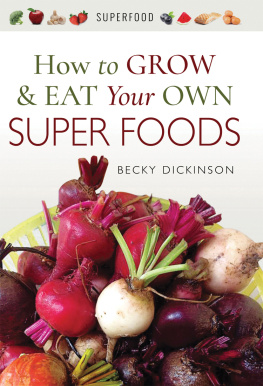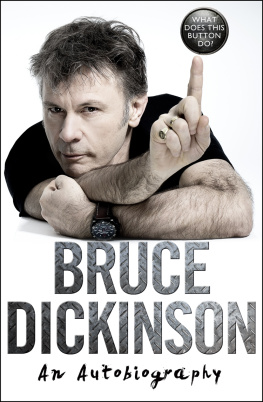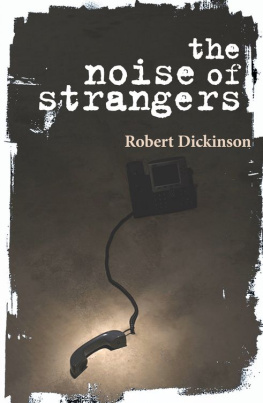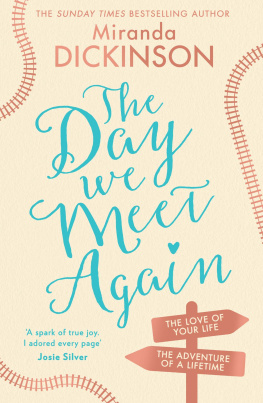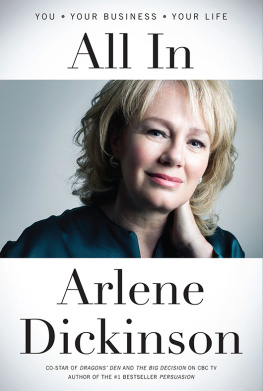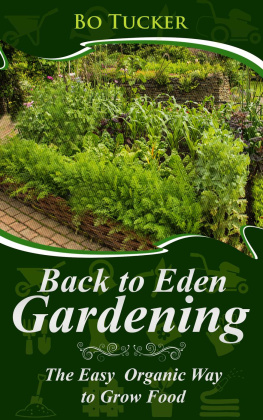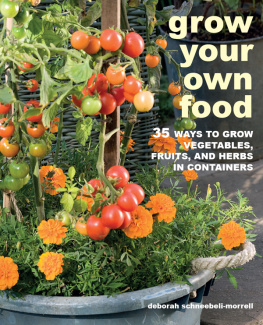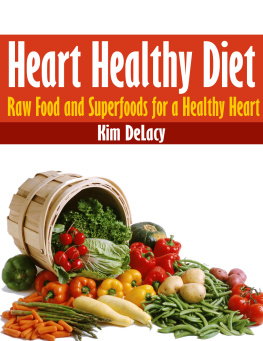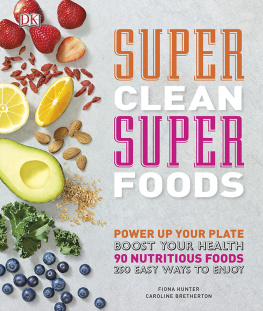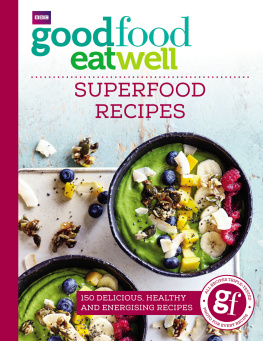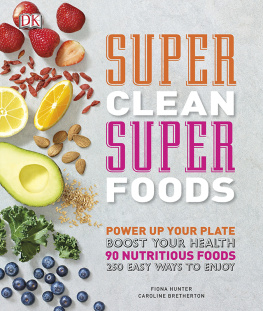
How to GROW & EAT Your OWN
SUPER FOODS
How to GROW & EAT Your OWN
SUPER FOODS
BECKY DICKINSON

First published in Great Britain in 2018 by
PEN & SWORD WHITE OWL
An imprint of Pen & Sword Books Limited
47 Church Street
Barnsley
South Yorkshire
S70 2AS
Copyright Becky Dickinson 2018
ISBN 9781526714336
eISBN 9781526714350
Mobi ISBN 9781526714343
The right of Becky Dickinson to be identified as
Author of this work has been asserted by him/her in accordance with the Copyright, Designs and Patents Act 1988.
A CIP catalogue record for this book is available from the British Library
All rights reserved. No part of this book may be reproduced or transmitted in any form or by any means, electronic or mechanical including photocopying, recording or by any information storage and retrieval system, without permission from the Publisher in writing.
Pen & Sword Books Limited incorporates the imprints of Atlas, Archaeology, Aviation, Discovery, Family History, Fiction, History, Maritime, Military, Military Classics, Politics, Select, Transport, True Crime, Air World, Frontline Publishing, Leo Cooper, Remember When, Seaforth Publishing, The Praetorian Press, Wharncliffe Local History, Wharncliffe Transport, Wharncliffe True Crime and White Owl.
For a complete list of Pen & Sword titles please contact
PEN & SWORD BOOKS LIMITED
47 Church Street, Barnsley, South Yorkshire, S70 2AS, United Kingdom
E-mail:
Website: www.pen-and-sword.co.uk
Or
PEN AND SWORD BOOKS
1950 Lawrence Rd, Havertown, PA 19083, USA
E-mail:
Website: www.penandswordbooks.com
Introduction

FEW THINGS IN LIFE are quite as satisfying as growing your own food. There is something almost miraculous about scattering a few dry looking seeds over soil, then waking up a couple of weeks later, to a row of tiny green shoots.
As leaves unfurl and flowers give way to fruit, there is a simple yet profound pleasure in witnessing a seeds journey from plot to plate. Gardening is where science meets art, where nature meets nurture and where food and health unite.
Not only are home-grown fruits and vegetables infinitely sweeter, crunchier and more flavoursome than their shop-bought counterparts, they are also richer in vitamins, minerals and antioxidants, which are all at their peak when first picked. Yet we live in an age where superfoods are marketed alongside convenience. We are urged to buy produce that will optimise our health without compromising our busy lifestyles; pre-packaged, ready prepared and unceasingly, unseasonably available.
Social media, magazines and the internet are awash with miracle diets, celebrity eating regimes and an ever-growing list of socalled superfoods that will help us live longer, healthier, happier lives. Yet often these foods have travelled miles across the globe and are tainted with chemicals that have been linked to the very diseases we hope to prevent. That bag of wilting kale has been sitting in a supermarket since Wednesday, that expensive punnet of blueberries was flown thousands of miles across the sea, those non-organic beetroot sweating beneath a layer of cling film may contain pesticide residues or heavy metals.
Growing your own produce is better for your health, better for the environment, and surprisingly easy to accomplish ...
Fruits and vegetables, whether or not they fall into the superfood subset, are a vital part of our diet and an essential source of vitamins, minerals, antioxidants, fibre and other nutrients. But the best way to ensure you are getting the maximum benefit, and no nasty extras, from your greens (and reds and oranges and purples) is to sow and pick your own. The real super foods are the ones you have grown yourself and picked in season.
Growing your own produce is better for your health, better for the environment, and surprisingly easy to accomplish. You may not be able to grow strawberries in January, or watermelons in Scotland, but you can almost certainly grow at least some of what you eat. Few people have the time or space to become completely self-sufficient but its amazing how much can be grown with minimal expertise and resources.
Whether you have an allotment the size of a leisure centre, a garden the size of a paddling pool, or just a medley of pots, growing even a little of the food you consume will enrich your health and life in myriad ways. It doesnt matter if you have never grown so much as a handful of cress seeds before, its never too late, or too difficult, to pick up a trowel and learn on the job.
This book is not about eliminating every non-organic molecule from your daily existence, or obsessing about every grain of sugar. Its about the realistic, enjoyable and life-enhancing possibilities that can arise from a patch of soil while still leaving room for cake and wine.
Its about taking control of some of what you eat and growing your way to better health through the fruits and vegetables of your own labour. Because gardening, especially edible gardening, is addictive for all the right reasons.
Super reasons to grow your own
People are gardeners for all sorts of reasons; pleasure, pride, necessity, food, financial reasons, environmental reasons, physical exercise, fresh air and escapism nothing helps assuage the stresses and anxieties of everyday life quite like a couple of hours digging and weeding. For most people, it becomes a mixture of all of these things.
Not only are conventionally-grown, mass-produced fruit and vegetables lacking in taste, they are also lacking in nutritional quality ...
The more you get into gardening, the more you discover you cant live without it. There is an intense satisfaction in witnessing all that sweat, mud and backache blossom into a magnificent abundance of flowers, fruits and vegetables. And there is overwhelming evidence that being immersed in nature is hugely beneficial for our physical and mental wellbeing.
I started growing things when I was around eight years old, when I stuck a lemon pip into a yoghurt pot filled with earth and hid it in the airing cupboard to see what would happen. It grew! And the seeds of addiction were sown.
I grew stuff anywhere and everywhere; window boxes in London, back yards in Wales, tiny, dank gardens in the suburbs, even the back of my car (cars make brilliant greenhouses) until I finally landed an allotment and threw myself into it with naive gusto. Fortunately, there were plenty of people with decades more experience than I had, who could steer me in the right direction when needed.
But it wasnt until children came along that I really began growing for health. Instinctively, I felt that there was something unsavoury about shop-bought fruit and veg: watery carrots, insipid salad, waxy apples, spongy aubergines, homogenous courgettes. No wonder so many children refused to eat vegetables. But flavour is only half the story. Not only are conventionally-grown, mass-produced fruit and vegetables lacking in taste, they are also lacking in nutritional quality.
Ground-breaking research carried out at Newcastle University found significant nutritional differences between organic and non-organic crops, with organic ones containing substantially more antioxidants. Concentrations of key antioxidants such as polyphenolics, which have been linked to a reduced risk of chronic diseases, including cardiovascular and neurodegenerative diseases and certain cancers, were found to be up to 60 per cent higher in organically-grown crops.

